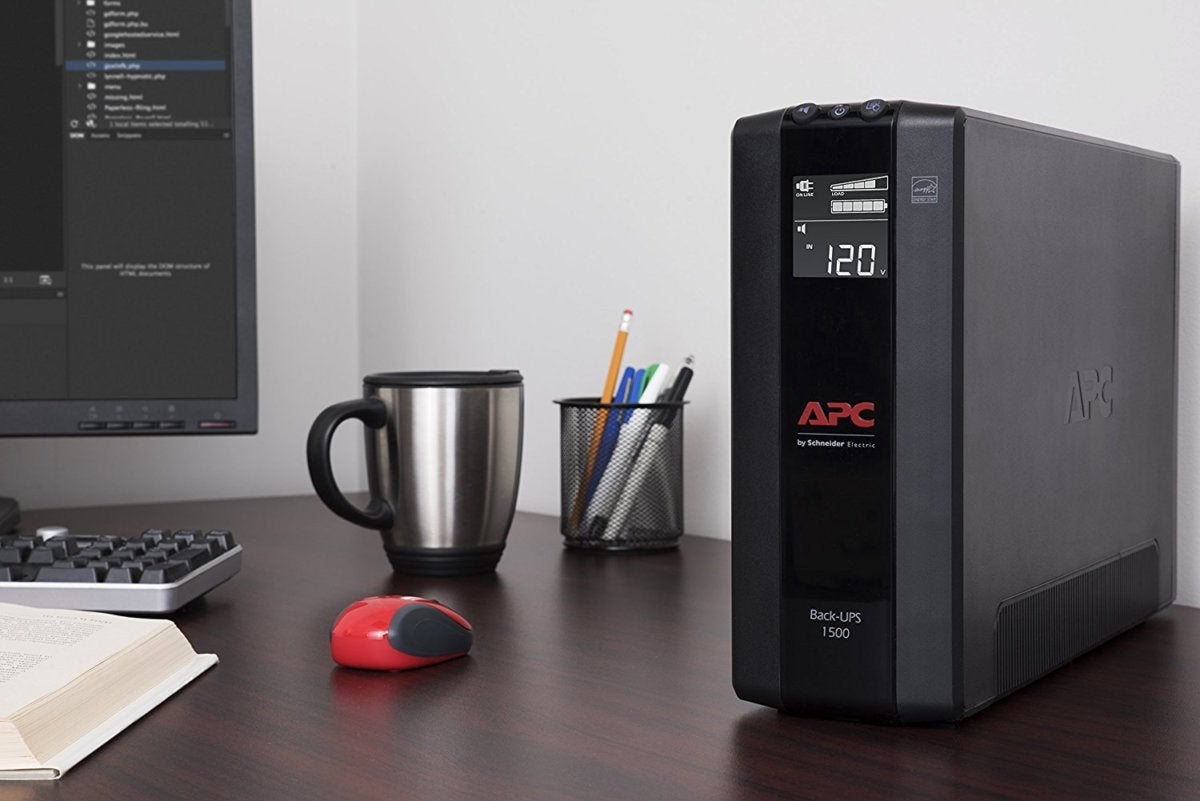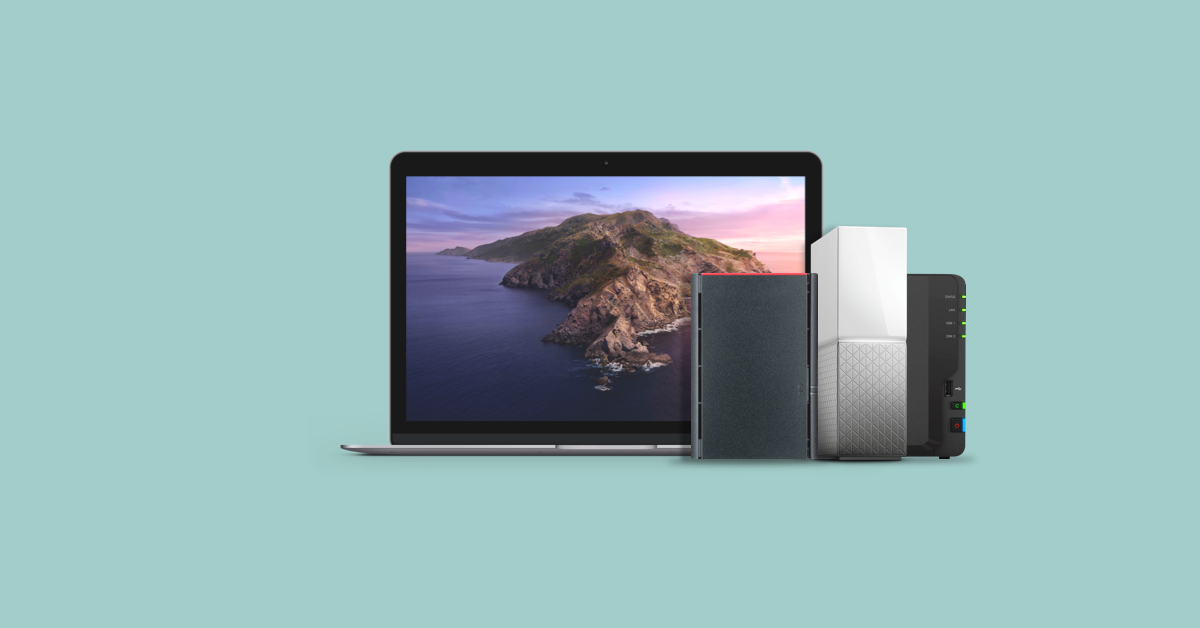

- BEST NETWORK STORAGE FOR MAC MAC OS
- BEST NETWORK STORAGE FOR MAC SOFTWARE
- BEST NETWORK STORAGE FOR MAC PASSWORD
- BEST NETWORK STORAGE FOR MAC MAC
Enter that information, then click the Add button in the dialog.

BEST NETWORK STORAGE FOR MAC PASSWORD
Retrospect will display a dialog asking you for the IP address (or DNS or machine name) and password of the client. You can add these clients manually by clicking the “Add Source Directly” button at the bottom of the Source dialog. (Optional) Sometimes, available clients won’t appear automatically in the Source dialog, perhaps because they are outside of the local subnet. If you have added all the clients you want, click Done to dismiss the Source dialog. Retrospect adds the clients to the Sources list, behind the Source dialog. Repeat the process for any remaining clients you wish to add. If you are not using private/public key authentication, Retrospect will ask you for the password for the client. If you want to select multiple clients, to which you have assigned the same password, hold down the Command key and click on each client in the list, or click then Shift-click to select a contiguous group.Ĭlick Add. Skip to step 6.Ĭlick to select a client in the list. If you have set up Retrospect and the Retrospect Client machines to use private/public key authentication, and to add clients automatically, Retrospect will do so without prompting you for a password. Retrospect will search the network for active clients, and they appear in the Source list. If you have more than one network interface, choose the one you wish to use from the “Sources from interface” pop-up menu. These local hard disks will often be the eventual destinations for your backups.Ĭlick the Add button in the List View toolbar. If this is the first time you are adding clients, only the local hard disks on the Retrospect server appear in the Sources list. In the Retrospect console, click on Sources in the sidebar.
BEST NETWORK STORAGE FOR MAC SOFTWARE
As long as the public_key folder is located at the same level with the Client installer when the installer is run, the proper encryption keys ( pubkey.dat, pubkey1.dat, pubkey2.dat,…,pubkey9.dat) will be installed on each client.Īfter installing the Retrospect Client software on each computer, they can be logged in (or will be automatically logged in, if that option was set) at the Retrospect server.
BEST NETWORK STORAGE FOR MAC MAC
In the Finder, locate the pubkey.dat file in /Library/Application Support/Retrospect/ and copy it into the folder named “public_key” inside the Mac Client Installer folder on your hard drive.ĭistribute or copy this public_key folder containing the pubkey.dat file along with the Retrospect Client installer. (For more information on tags, see the section on Tags in Chapter 3.)įrom the Retrospect Installer disk image or CD, open the Client Installers folder, then copy the Mac Client Installer folder onto your hard drive. Clients so added will be tagged with the “Automatically Added Clients” tag, providing both a place to look in Retrospect for automatically added clients and also a way to create a script that will use the tag to automatically back up such clients. The Retrospect server will then periodically check the network for new clients with the matching public key and automatically add them to Retrospect’s Sources list. If you want Retrospect to automatically log in clients with the proper public key, check “Automatically add clients”. Retrospect may take up to a minute or more to generate the keys, depending on the speed of the computer. Launch the Retrospect application and choose Retrospect > Preferences > Clients.Ĭlick “Create keys…”, enter a password of eight characters or more for key creation, then click Create.
BEST NETWORK STORAGE FOR MAC MAC OS

Filtering the contents of a past backup.Locking client features and preferences.Working with Servers and Network Attached Storage.Working with Clients, Servers, and Network Shares.Starting and Stopping the Retrospect Console.Stopping and Starting the Retrospect Engine.Upgrading from Previous Versions of Retrospect.


 0 kommentar(er)
0 kommentar(er)
